The Pogroms of Kirkuk: The Unavanged Crime Against the Turkmen
mezalim Up to date
On July 14, 1959, a tragedy occurred in Kirkuk that is deeply etched into the history of the Turkmen people. On this fateful day, the Turkmen community became the target of a brutal massacre that claimed many innocent lives and left indelible scars. Estimates suggest that more than 100 Turkmen lost their lives, and many more were injured.
The massacre began during the celebrations of the anniversary of the Iraqi Revolution of 1958, when tensions between various ethnic groups escalated. The violence was mainly perpetrated by Kurdish militias and supporters of the Iraqi Communist Party, who seized the opportunity to demonstrate their political power and exploit ethnic rivalries. The Turkmen, a significant ethnic minority in Iraq, were caught in a whirlwind of violence and oppression. Homes were destroyed, people were tortured, and gruesomely murdered. This crime against humanity was committed by elements seeking to exploit the prevailing political instability.
The events in Kirkuk are a painful example of the consequences of intolerance and ethnic conflict. They remind us of the importance of maintaining peace and fostering
dialogue between different communities.

29th Anniversary of the Srebrenica Genocide
mezalim Up to date
The genocide of Srebrenica was one of the darkest hours in recent European history. In July 1995, during the Bosnian War, more than 8,000 Muslim Bosniak men and boys were systematically killed in the town of Srebrenica by units of the Bosnian Serb Army under the command of General Ratko Mladić. This event was later classified as genocide by the International Criminal Tribunal for the former Yugoslavia. Serbia continues to deny the genocide of the Muslim Bosniaks to this day.
At that time, the town of Srebrenica was a UN-protected zone, but UN peacekeepers could not prevent the massive attacks and subsequent atrocities. The victims were buried in mass graves, and many families are still searching for the remains of their loved ones to give them a dignified burial.
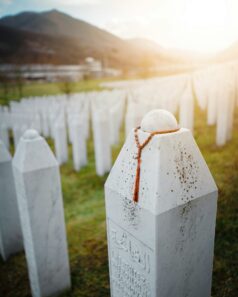
The genocide of Srebrenica remains a reminder to the international community of the consequences of hatred and intolerance and the necessity to actively protect human rights and peace. Every year on July 11, the victims are commemorated to keep the memory alive and
to strengthen the hope for reconciliation and a better future.
Ramadan greetings
mezalim Up to date
Today, 2 billion Muslims around the world are celebrating Ramadan, the end of the 30-day fasting period. Ramadan is not only a month of fasting and abstinence, but also a time of peace, reflection and togetherness. But for many Muslims, this time of harmony has been overshadowed by fear and terror, as this year’s month of fasting has once again been overshadowed by violence and oppression, with Muslims around the world being the victims of violent attacks. Anti-Muslim racism is increasingly part of the jargon of political elites and fuels the discriminatory rhetoric of extreme and xenophobic movements. It reduces tolerance, lowers the threshold for acts of violence and leads to marginalisation and discrimination. The increasing blindness of Western societies towards Muslims is another consequence.
Mezalim is not a historically completed event, but an ongoing process that requires our utmost attention.
The Research Institute for Mezalim wishes all Muslims a blessed Ramadan, far from oppression, violence and marginalisation.

31 March 1918: Day of the Azerbaijani Genocide
Mezalim in discourse
In 1918, the South Caucasus entered a turbulent period of political realignment and burgeoning ethnic tensions. The oil-rich city of Baku on the Caspian Sea was a particular object of desire, and Azerbaijan was targeted by the Bolsheviks in Moscow and the ultra-nationalist Armenian Dashnaks. Caught between ideological expansionism and Armenian irredentism, Azerbaijan’s Muslims were perceived as little more than a ‘disruptive factor’ and fell victim to an unprecedented campaign of extermination. What remained were half a million victims and a “scar on the soul of the Azerbaijani people”, according to Rızvan Huseynov.
An Interview with Rızvan Huseynov
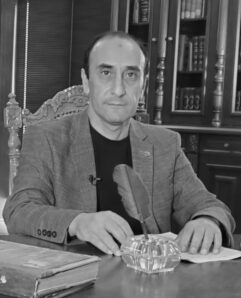
The British genocide of the indigenous population of Kenya
Mezalim im Gespräch
According to historian Halim Gençoğlu of the University of Cape Town, what was called ‘counter-insurgency’ in the 1950s was a system of internment camps in which suspected insurgents and civilians were used as forced labour, tortured and executed.
Interview with Dr. Halim Gençoğlu

The crimes in Karabakh: ethnic cleansing, massacre or genocide?
Mezalim in discourse
Western public opinion has always ignored the crimes committed in Armenian-occupied Karabakh. Academia and the media remained silent about the countless crimes committed against Muslim Azerbaijanis. After the end of the 30-year Armenian occupation, memories of the war crimes committed against Azerbaijani civilians have come flooding back.
Civilians. Rediscovered mass graves from that period bear witness to crimes that have remained in the dark and whose perpetrators have gone unpunished.
Interview with Dr. Irade Mammedova

Cultural cleansing of Muslims: Did Armenian militias use Bulgaria as a testing ground?
Mezalim iN discourse
Western genocide scholarship has paid little attention to the systematic crimes committed by Armenian militias against the Muslim population of eastern Anatolia. The scale and systematic nature of the massacres in the late 19th and early 20th centuries point to a large-scale campaign by Armenian militias, which US Middle East expert Dr Brad Dennis defines as “cultural cleansing”.
Interview with Dr. Brad Dennis

The Bloodbath of Baku on 31 March 1918
Mezalim in discourse
105 years ago today, on March 31, 1918, Armenian forces committed massacres against the Azerbaijani civilian population in Baku and other cities of the country, in which estimate suggest that several tens of thousands of civilians, including women, children, and the elderly,
were cruelly killed. The editorial team of FEM spoke with Irish historian Dr. Pat Walsh about the violent excesses of Armenian units against Azerbaijani civilians, the role of the warring
great powers in the Caucasus, the complicity of Britain, and the significance of the massacres for Azerbaijani civil society in the development towards a nation.
An interview with Dr. Pat Walsh

Genocide of Muslim Turks in the Caucasus (1905-1920)
Article
There are many archival documents showing that the activities of Andranik and Amazasp forces of Armenian origin were supported by foreign powers, especially Russia. These documents show that the Armenian (Dashnak) and Russian (Bolshevik) militias committed torture and genocide not only against the people of Eastern Anatolia in the Ottoman lands, but also against Muslims in the Caucasus.
by Dr. Beşir Mustafayev, Siirt University

Jeremy Salt The Last Ottoman Wars: The Human Cost, 1877-1923
bookreview
In his book “The Last Ottoman Wars: The Human Cost, 1877-1923”, Prof. Jeremy Salt deals with the suffering of the different peoples in the course of the agony of the Ottoman Empire. He pays particular attention to the effects of the wars on the Ottoman Muslims
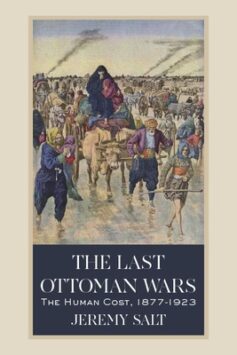
By Ilker Akgül
Research Institute for Mezalim (RIM)
über uns
The FEM identifies desiderata and specifically promotes research projects by providing financial support for academic studies and journalistic work. Through the historical and scientific reappraisal of past injustices against the Muslim civilian population and the continuous cultivation and development of a Mezalim culture of remembrance, the German and international public is to be informed and educated.
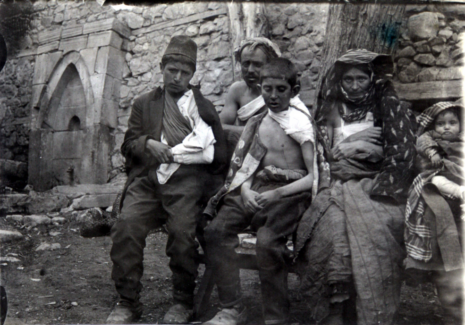
Wounded Muslim refugees at the Hasankale conflict of Caucasus Campaign in WWI.
Recommended article
The War of 1877-1878 is remembered through the lens of the tragic experience of refugees(muhajirs) and the suffering of the Muslim civilians linked to the pogroms, emigration and exile. The difficulty of characterizing the War stems from many contradictory relations about these events. It is not only related to the motivations of the Bulgarian and Turkish historians, who want to present their national visions of history, but to the source materials as well. In historiography and the sources, Bulgarians have presented Muslims as oppressors and Christians as victims, and Turks vice versa: Muslims are sufferers and Bulgarians are tormentors.
by Krzysztof Popek, Ph.D
Recommended book review
by Ilker Akgül, Anatolia Department (FEM)
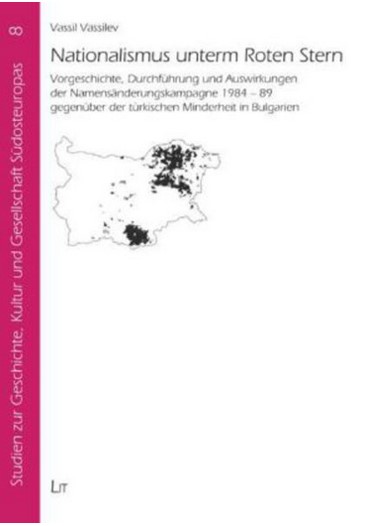
Mezalim in the popular culture
Britain’s involvement in a mass murder
In an interview with the editorial team of the Research Institute for Mezalim (FEM), Irish historian Dr. Pat Walsh clearly criticizes Great Britain for being partly responsible for the violent crimes committed against the Azerbaijani civilian population by Armenian militias on 31 March 1918. Despite overwhelming evidence, the British government did not take action against those responsible at the time.
Current contributions
1944-1945 ATROCITIES AGAINST THE ALBANIAN PEOPLE OF CHAMERYA
The concepts of atrocity, massacre and genocide have been politicized throughout history in terms of the way they are used and their purposes. Some genocides or massacres have been exaggerated, while others have been ignored. Throughout the nineteenth and twentieth centuries numerous conflicts and consequent mass atrocities occurred, particularly as a result of the new political formations that were established in the areas from which the Ottoman Empire withdrew. Within this context, many of the events and murders in the Balkans have been ignored, or forgotten for many years. Apart from a small number of researchers, there are not many academics who have discussed or documented these issues.
by Turhan Şen
Mezalim in the discourse
The Baku Bloodbath of March 31, 1918
Britain’s involvement in mass murder
In an interview with the editors of the Research Institute for Mezalim (FEM), Irish historian Dr. Pat Walsh strongly criticizes Britain for being complicit in the March 31, 1918 violent crimes against Azerbaijani civilians by Armenian militias. Despite overwhelming evidence, the British government did not take action against those responsible at the time.
Current contributions
Greek Atrocities During The Great Offensive: Setting Fires
The Ottoman Empire accepted defeat in the Great War and signed the Armistice of Mondros. With the Armistice, the borders of the empire shrank and Anatolia became the last refuge of the Turkish nation. However, the Allied powers considered that the control of Anatolia as too much for the Turks, and consequently occupied much of the region. As a response, a resistance was launched in the center of Anatolia under the leadership of Mustafa Kemal Pasha, with the slogan of Either Independence or Death! One of the fronts in the struggle against the occupations was opened against the Greeks. The Greek army, acting with the support of the British and its collaborators, were halted with the victory at Sakarya thanks to Mustafa Kemal Pasha’s resilient and decisive leadership.
by Professor Uğur Üçüncü
THE mezalim
The Calendarium provides a chronological overview of officially documented incidents in which Muslim groups have been the target of politically and religiously motivated acts of violence.
calendarium
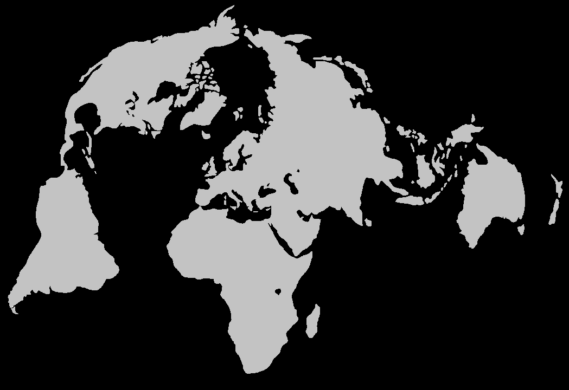
the baku massacre
105 years ago today, on March 31, 1918, Armenian forces committed massacres against the Azerbaijani civilian population in Baku and other cities of the country, in which estimates suggest that several tens of thousands of civilians, including women, children, and the elderly, were cruelly killed. The editorial team of FEM spoke with Irish historian Dr. Pat Walsh about the violent excesses of Armenian units against Azerbaijani civilians, the role of the warring great powers in the Caucasus, the complicity of Britain, and the significance of the massacres for Azerbaijani civil society in the development towards a nation.
31 March 1918
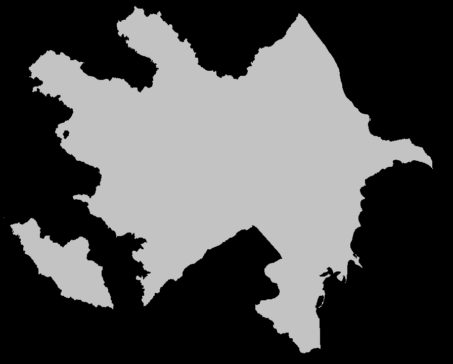
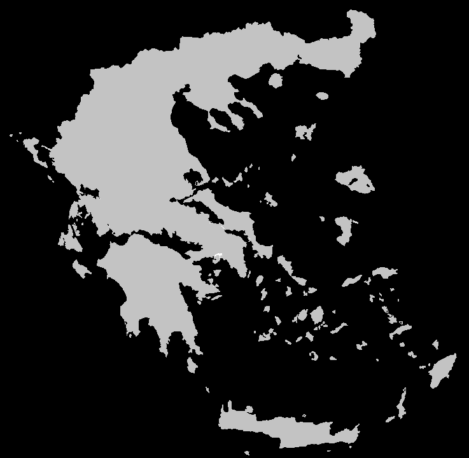
the tripoli massacre
The massacre occurred during the Greek War of Independence. After days of siege of the city, predominantly inhabited by Muslims, it was stormed by Greek troops. Albanian- and Turkish-origin residents of the city as well as local Jews were subjected to large-scale massacres during a three-day-long attack. Although estimates of the number of victims vary, it is believed that between 32,000 to 35,000 people were killed. Greek soldiers committed numerous atrocities against defenseless civilians during the assaults.
23 September 1821
5 April 1990
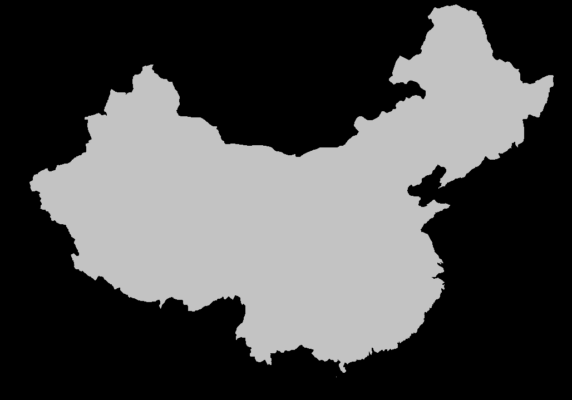
the Baren Massacre
On April 5, 1990, thousands of Uighurs in the town of Baren (Autonomous Chinese Province of Xinjiang) took to the streets protesting against the then one-child policy and the settlement of Han Chinese. Previously, the Uighur ethnic group had demanded from the Chinese central government in Beijing an end to the rigorous family planning policy and a halt to the influx of Chinese from other parts of the country.
According to Uighur accounts, thousands of Uighurs were killed or wounded by the Chinese military, over 7,600 demonstrators were arrested, brought to trial, and sentenced to long prison terms.
the genocide in khojaly
On the night of February 26, 1992, the Azerbaijani town of Khojaly became the scene of a war crime. Armenian occupation forces surrounded the strategically important location and murdered hundreds of fleeing residents. To this day, Armenia denies the genocide of Khojaly and refuses to prosecute the crime against Muslim civilians.
26 February 1992
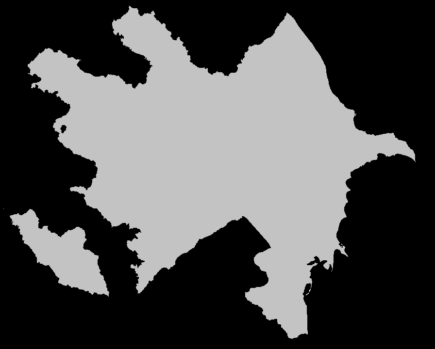
the english version of our website is not ready yet
the english version of our website is not ready yet
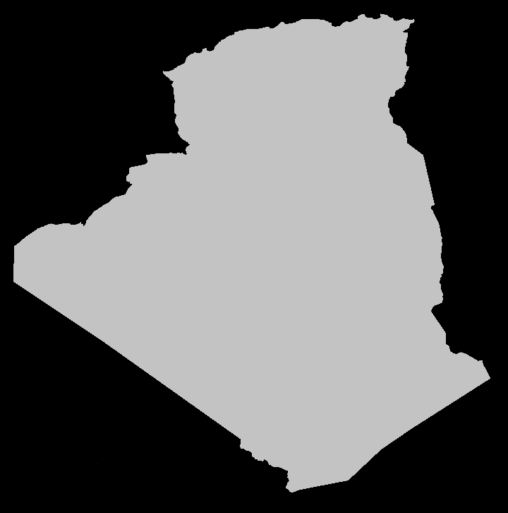
8 May 1945: the massacre of 45.000 Algerians
While in Europe on May 8, 1945, the Second World War came to an end, several cities in Algeria saw demonstrations against French colonial rule. In the northern Algerian city of Setif, approximately 4,000 people took to the streets to express their demand for independence and more rights.
During violent clashes between Algerians and the French army, which lasted until May 22, around 45,000 Algerian men, women, and children, and 102 French people were killed in the Setif, Guelma, and Kherrata regions.
In 1954, the war for independence began in the North African country, lasting until 1962 and costing the lives of 1.5 million Algerians. In memory of the tens of thousands of Muslim victims, May 8 is observed as a day of mourning in Algeria. The former colonial power, France, continues to deny the genocide of Algerians to this day.
The massacre of Navarino stands as one of the darkest chapters in the Greek independence movement. In the coastal town in southwestern Peloponnese, Greek soldiers and insurgents perpetrated numerous atrocities against the Turkish-Muslim civilian population, with an estimated 3,000 people falling victim to the massacre.
The bloodbath of Navarino is part of a series of mass violence crimes against the local Muslim and partly Jewish population. Events like those in Navarino, Tripoli, Chios, Agrinio, Monemvasia, Athens, Hydra, and many others collectively constitute the genocide of the Muslim population on the Greek peninsula.

19 August 1821
the bloodbath of navarin
the expulsion of the kosovo albanians
11 April 1999
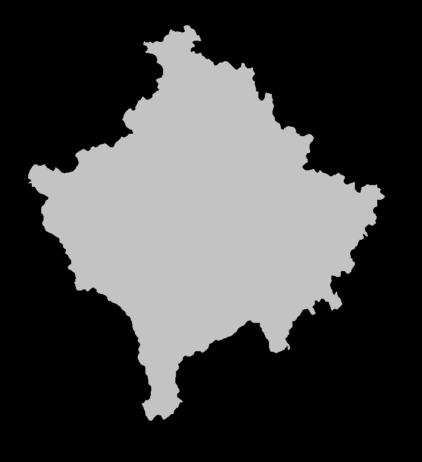
While the Kosovo War continued with unabated intensity on April 11, 1999, several hundred thousand Kosovo Albanians were deported by the Serbian army to neighboring Macedonia. Using trains, trucks, and buses, the then Serbian government sent a total of more than 440,000 Albanians to present-day North Macedonia.
Deportees reported young Albanian men being arrested and shot by the Serbian army, as well as an unknown number of young women becoming victims of abduction. Already in the late 1930s and 1950s, tens of thousands of Albanians and Turks had to leave Yugoslavia.
The mass expulsion nearly a quarter of a century ago plays a significant role in the collective memory culture of Kosovo Albanians. In memory of the displaced who had to leave their homeland, commemorative events are held annually, such as in the Kosovar village of Bllaca.
The genocide of the chameria albanians
During World War II, the Greek army committed massacres against the Albanian civilian population, which was accused of collaborating with the German Wehrmacht. The violence and displacements carried out by Greek units from June 27, 1944, to March 1945 resulted in the deaths of 2,900 men, 214 women, and 96 children. The perpetrators raped 745 women and set fire to 5,800 houses in 68 villages. In 1994, the Albanian Parliament passed a law classifying the events of June 27, 1944, as genocide. Athens denies responsibility for the massacre of the Cham Albanians and denies the genocide.
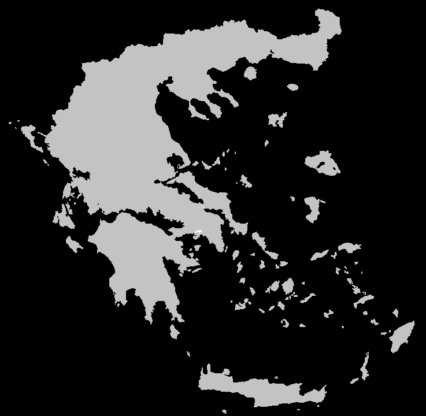
27 June 1944
the armenian atrocities in van
19 April 1915
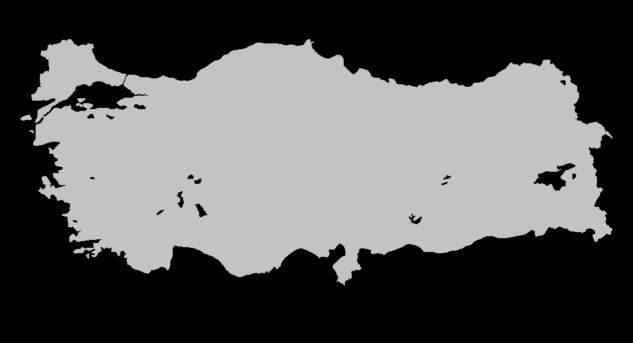
As Russian troops advanced on the Caucasus front and the British stormed the Gallipoli Peninsula, militias of the Armenian Revolutionary Federation (Dashnaks) initiated an uprising in the eastern Anatolian city of Van. They murdered and expelled the resident Ottoman Muslims, holding the city until the arrival of the Russians on May 16.
Estimates suggest that within a few days, at least 128,000 Muslim civilians, mostly women, elderly, and children, were massacred. The widespread destruction of the Muslim inhabitants of the city followed the plan to reverse the demographic balance in favor of the Armenian minority, aiming to realize the ideal of an ethnically homogeneous Greater Armenia.
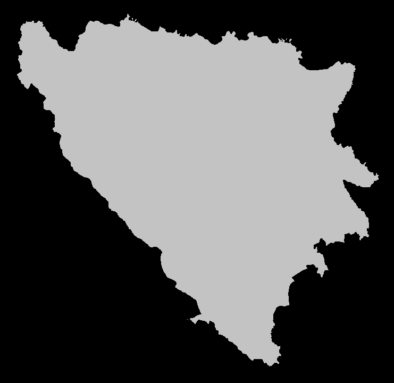
the genocide of srebrenica
11 July 1992
July 11, 1995: Soldiers of the Bosnian Serb army entered the UN safe zone in Srebrenica and transported 7,000-8,000 Bosnian Muslim men by trucks to Bratunac, where they were killed within a few days. The Srebrenica genocide is considered one of the worst crimes since the end of World War II. The oldest victim was 78 years old, and the youngest was only 13 years old; more than 1,000 victims are still missing. To this day, the leadership of the Bosnian Serbs and the Serbian government in Belgrade deny the Srebrenica genocide and describe it as a “fabricated myth.”
